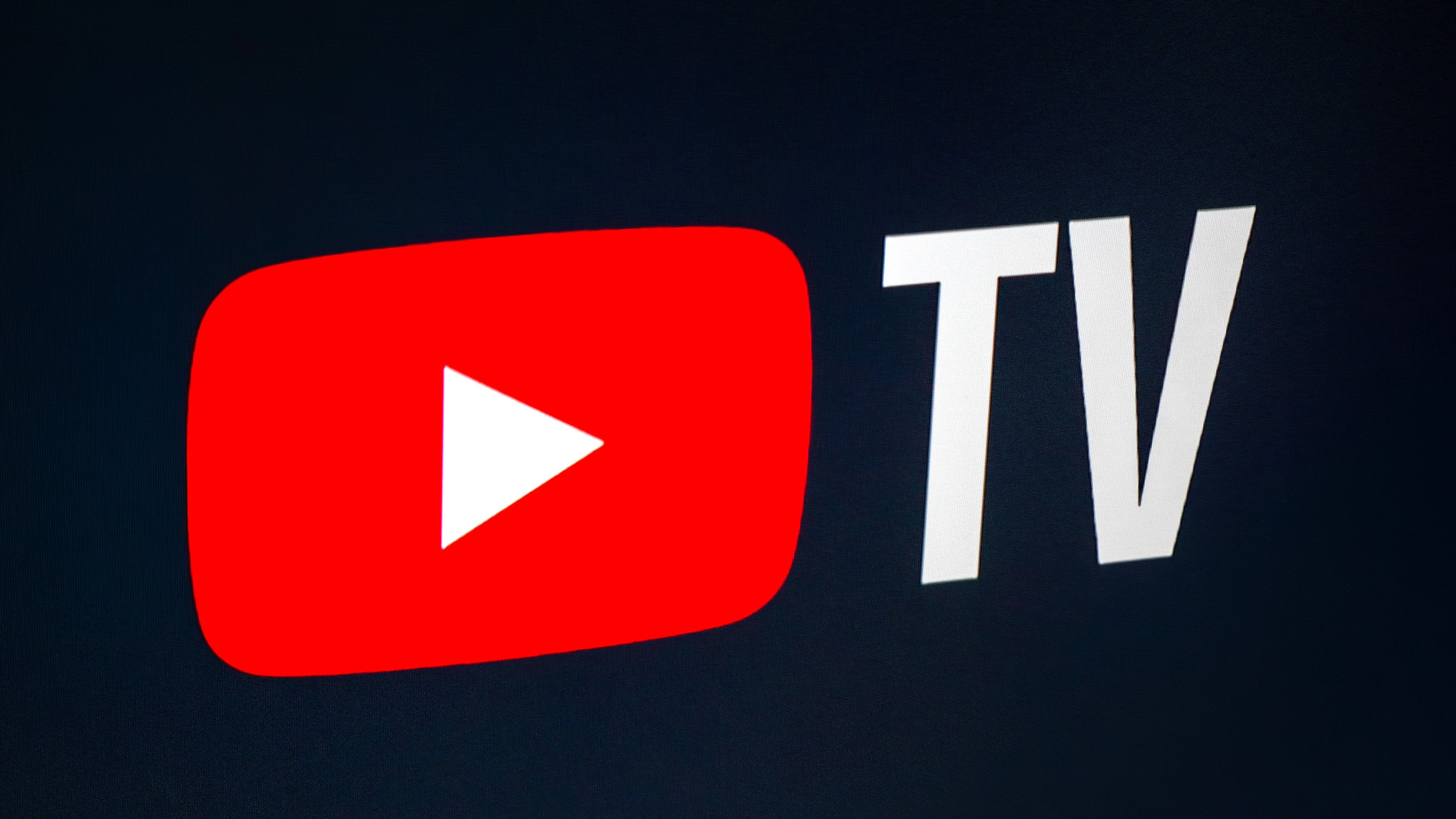What we've got here is a failure to stream - Talk Mobile

Presented by Blackberry
Talk Mobile Gaming
What we've got here is a failure to stream
by Rene Ritchie, Daniel Rubino, Kevin Michaluk, Phil Nickinson
Our media lives in a world of clouds, and those clouds have to be frustrating and secure. Who's gonna do it? You? You, media consumer? I have greater obstinance than you could possibly fathom. You weep for your MP3 and you curse the studios. You have that luxury.
You have the luxury of not knowing what I know: that your music, while delightful, doesn't belong to you. And my existence, while grotesque and incomprehensible to you, could be improved. You don't want the truth because deep down in places you don't want to talk about at parties, you know I'm blocking that cloud. We use words like copyright, streaming, licensing. We use these words as the backbone of a life spent defending something broken. You use them as a rallying cry.
I have neither the foresight nor the inclination to explain myself to one who listens and watches from the cloud the very media that I provide, and then questions the manner in which I provide it. I would rather you just said 'thank you', and went on your way. Otherwise, I suggest you build your own cloud and stream yourself. Either way, I clearly don't give a damn what you think you are entitled to.
Get the latest news from Android Central, your trusted companion in the world of Android
*ahem*
Media in the cloud is broken. It's hampered by bandwidth, protectionist contracts, and entrenched short-sighted interests. How do we overhaul the system and get to a bright future of online media?
Let's get the conversation started!





Cloud Media
Articles navigation
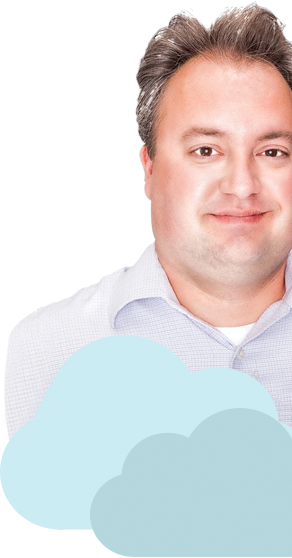
Phil Nickinson Android Central
I'm pickin' up streaming vibrations
We've reached a point in which the ability to play back a particular piece of music at any time on any device trumps all else. Who cares where the song lives? So long as it reaches my ears, what do I care?
For many, this has been a pretty big mental hurdle. How much time did we put into keeping our MP3 folders organized? Making sure we had backups - just in case - and then figuring out the best way to play our music on our computers, home entertainment systems and, later, our phones.

While UMG and EMI napstered...
If you asked the music industry to sum up their troubles at the turn of the century, they'd have just one word for you: Napster. Launched in June 1999 by Shawn and John Fanning and Sean Parker, Napster was built as a peer-to-peer file sharing service. Though capable of handling all manner of files, it was MP3 file sharing that put Napster on the map.
The rise of Napster was in no small part thanks to the draw of free and easy-to-download music, though many argued for the access to hard-to-obtain records and the like. Less than a year after launch, Napster was clogging the internet's pipes with 80 million registered users.
Napster's end came at the hands of Metallica and the courts. When their new song "I Disappear" appeared on Napster before its release and began playing on radio, the band became aware of Napster and found that their entire catalog was on the service. A US federal court lawsuit filed by just about the entire music industry (Universal, Sony, EMI, and Warner) saw Napster shut down in July 2001 after being unable to stop copyright infringement.
If you grew up using an iPod and, later, an iPhone, you're probably used to syncing over local files from your computer to your phone. You can do it on other platforms, but it's just as clunky (maybe even more so, and iTunes is notoriously bad). And copying gigabytes of music is horribly inefficient.
Lockers really aren't that much better. The idea behind them is that you technically own a file, then you upload a copy of it to some other service (Amazon and Google Play Music are but two.) And you can then stream those files to any device that connects to that service. Again, that's a lot of work for a 3-minute pop song.
Streaming, for better or worse, is where it's at. Audiophiles will cringe, and rightfully so. Audio quality is sacrificed for bandwidth. And there's still a great debate to be had over whether the artists are properly compensated. I have a feeling most are not.
Streaming, for better or worse, is where it's at.
There's the issue of data caps, and being offline. The U.S. cellular operators are moving us all back to tiered data plans, and streaming music needs gobs of data. And there are others of us who spend a good deal of music-listening time in places that the cellular data just doesn't reach. So they're back to local storage of one sort or another.
So the real answer here is that a mix of local storage and streaming is probably what you'll need to look out. Fortunately for us, as users, it's getting quicker and easier every year.
What's best: streaming, cloud media lockers, or local storage?
876 comments
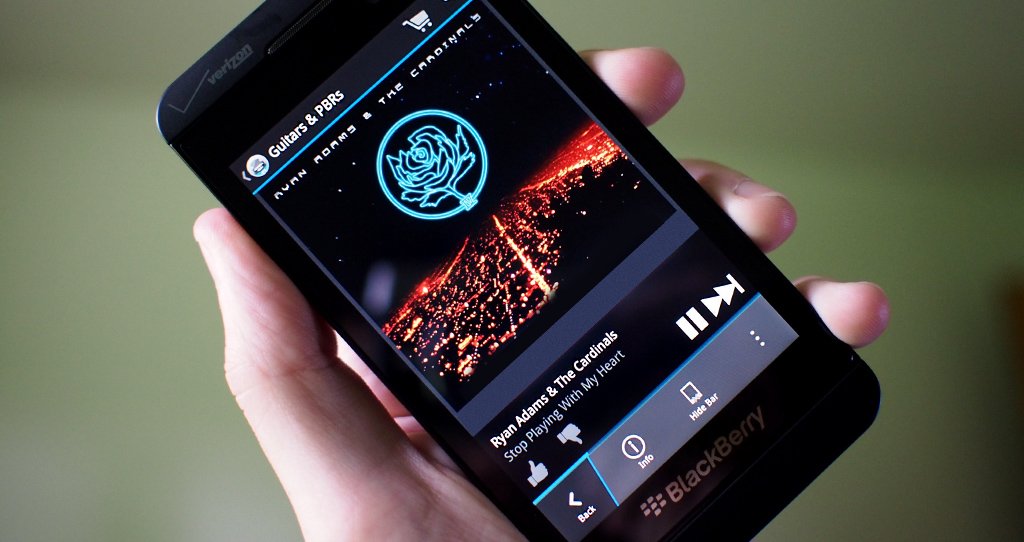

Kevin Michaluk CrackBerry
If it weren't for you meddling studios, broadcasters, and telecoms...
Why can't we watch whatever TV we want, whenever, wherever, and on whatever device we want? Because entrenchment, that's why.
Today there are basically four ways to get television. You can get it for free from terrestrial broadcasts, but that limits you to a few local stations at best. You can pay to get TV over a wire from the cable company, or beamed down from an orbiting satellite, and have a selection that's simply absurd. And you can watch TV online, sometimes for free and weeks after on the previous mediums, or sometimes you can pay and get it faster, but still not quickly.
All thanks to entrenchment. The studios, broadcasters, and cable and satellite companies have all made enormous fortunes with this model. They have no qualms locking customers into their systems, making it nigh impossible to get content elsewhere. The frequent accusations of collusion among the cable providers to quash competition aren't without basis, though the likes of Verizon, AT&T, and Google are disrupting that model with fiber deployments.
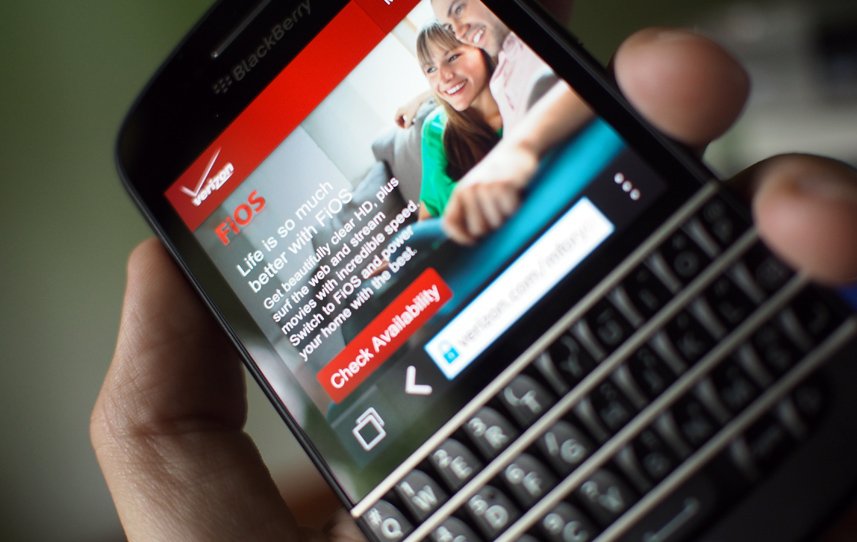
A daily dose of 1Gbps fiber
In the age of dial-up, the primary connection between the home and the local routing servers was a web of twisted copper wire. Fiber connections served as the backhaul between servers, but most users found themselves connecting to the internet over a phone system that hadn't changed much in decades.
When cable television providers began to offer internet service, they took advantage of a broader fiber network they'd constructed for television distribution. In most instances for cable there are neighborhood network nodes with fiber lines back to the servers, while the connection to the home is still handled over copper.
With the advent of home fiber connections in 2005 from Verizon FiOS, 2006 from AT&T U-verse, and 2012 from Google Fiber, the fiber run was extended again, this time reaching from the local distribution nodes directly to the home. Where dial-up maxed out at 56Kbps and most cable internet connections in the United States run at under 10Mbps, fiber services in the US typically start at 10Mbps and go upwards of 1Gbps.
With all of the money they've made and continue to make, why would they try something new and potentially jeopardize that profit stream? The television industry saw what happened when the music industry ignored the internet, but they've taken the wrong path. Instead of embracing the internet as another revenue stream - possibly a great one - they've reacted with fear, locking down and crippling online products.
If I could stream TV when I want, wherever I want, I'd gladly pay for that in lieu of traditional service.
Online TV streaming is limited by geography, by time, and most perplexingly thanks to a bizarre web of contractual agreements, by your subscribing to television service from a partner cable or satellite transmitter. I don't know about you, but if I could stream TV when I want, wherever I want, I'd gladly pay for that in lieu of traditional service.
The internet threatens slow-to-adapt institutions. It nearly decimated the music industry, and it's all but destroyed traditional newspapers. Movie studios and television - multi-billion-dollar empires both - are investing heavily on the wrong side of the fight. Given the option to ally with the web, they've opted to fight it.
The problem is this that it's difficult for us to fight it. I could cancel my cable subscription, but it's not like I can get all of the same content online in a timely manner. The established model is tremendously entrenched, and there's hardly any sign of this changing any time soon.
If you could cancel cable or satellite and watch everything online, would you?
876 comments


Daniel Rubino Windows Phone Central
I love the smell of director's commentary in the morning
One area where physical media wins over digital downloads is in the availability of extras. Things like director's commentary, behind-the-scenes documentaries, and other features to "enhance" the movie-watching experience (like camera switching or alternate endings) are noticeably absent from digital downloads.
Is that a big deal, or are such accoutrements just gimmicks meant to add a bullet list on the DVD cover to make you feel like your purchase was worth it? Obviously it's a matter of personal preference and surely some would rightly argue that a director's commentary is a treasure trove of information that even years later adds insight to a forgotten motion picture.
But it's not clear that those extras translate into valuable repeat user experiences. In other words, you may watch those extras once and never go back to them. The movie itself you could watch time and time again.
It's not clear that those extras translate into valuable repeat user experiences.
Adding extras to a digital download is compounded by two problems: streamlining the file size for practical downloads and encapsulating those different layers. A physical disc has none of these limitations, which is why they can pack them full of frivolous media.
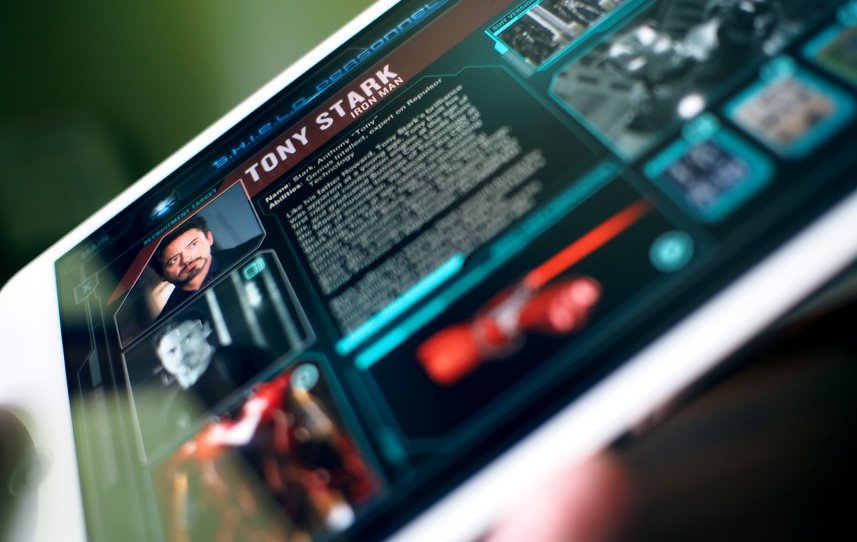
The second screen
While studios might be busy locking down their media to fight piracy at the cost of convenience and sales, they are at least experimenting with what's come to be called "second screening". Realizing that customers weren't as interested in using cumbersome remotes to interact with content via a system that was never meant to be interactive - the television - studios have in the past year experimented with companion apps for their home video releases.
They're taking advantage of the screen we already likely have with us and can't stop playing with during our home movie sessions: the smartphone or the tablet. Using audio cues from the film, these apps are able to sync up with the movie and display relevant extra content as needed, in addition to being able to be updated with new info and being far more interactive thanks to touch than a television ever could be.
Major films tend to be the focus of these "second screen" apps, with companion apps seeing a release for The Dark Knight Rises, The Avengers, Prometheus, The Amazing Spider-Man, The Hunger Games, and all six Star Wars films.
But the biggest selling point for digital downloads is its "instant" nature. Add an extra gigabyte of information and now the convenience factor begins to drop and that already assumes studios have figured out how to add those extra layers to a single video file.
Maybe there's a place for offering these extra features as optional (and paid, obviously) add-on content in the vein of the highly-successful in-app purchase model, but that'd require an overhauling of the distribution infrastructure.
The trend, though, may be that consumers are bucking those extra features. Savvy shoppers today are leaning more and more to streaming once or keeping a digital copy for instant viewing rather than amassing a library of physical discs. If studios can keep the costs down for digital downloads (they do save a lot by not having to print, package and ship these discs), then losing those extras to save a few dollars may be worth it.
But the director commentary or alternate ending features are problems that need to be solved should digital ever fully supplant physical Blu-ray. Studios have recently experimented with the release of companion apps for smartphones and tablets, bringing more interactive extra content to the table for a charge. But it remains to be seen if that model is going to take off.
Talk Mobile Survey: The state of mobile clouds
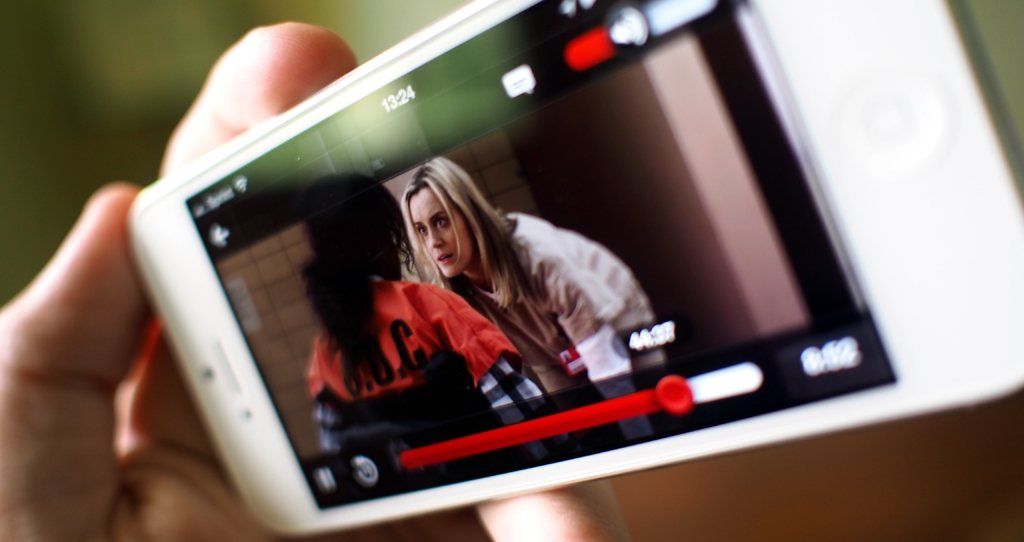

Rene Ritchie iMore
You want UHD? You can't handle the pixels!
Decades ago - never you mind how many! - I was walking the streets of Hong Kong and I glanced up into one of the many, many neon-encrusted electronic store windows to see one of the very first plasma TV sets. It was tiny, maybe 24-inches, and had only 480 vertical lines of resolution. Yet it was also gorgeous, especially when compared to the suddenly grotesque-looking CRT screens beside it. And the price tag? US$25,000. Yeah.
The price of plasma, and then LCD and LED televisions came down, of course, and the resolution went up. Now you can get reasonably good 60-inch flat panels at 1080p resolution for beyond reasonable amounts of money, delivered right to your door. Hell, you can get a 1080p panel on an Android smartphone, and a panel with even more pixels on the iPad retina or Google Nexus 10, for a short stack of hundreds.
It's unbelievable. It's obscene. It's display porn.
You can get a 1080p panel on a smartphone, and a panel with even more pixels on a tablet, for a short stack of hundreds.
After walking the halls the last couple of years at CES, 1080p is also no longer the limit. 2160p is already here. Double the vertical and horizontal resolution of 1080p. They used to call it 4K, now they call it UHD (Ultra HD). Whatever. It makes really big, 6+-inch screens as sharp as the under-40 crowd, and while they're priced out of the reach of most consumers today, they too shall fall towards the mainstream soon enough.
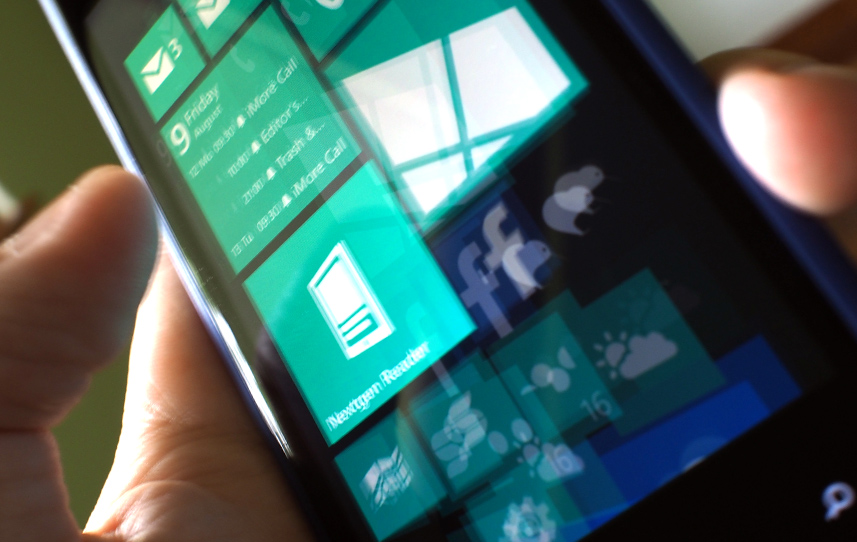
24 frames per perception
While retina screens are meant to fool our eyes by obscuring the appearance of pixels through miniaturization, film has been working to fool our brains for even longer. The human eye and brain are capable of noticing, on average, a visual aberration (say, the flicker of a light) of a mere 1/60th of a second, we can only process 10 to 12 images per second.
Early motion pictures ran between 14 and 24 frames per second, well enough to make motion appear, though somewhat jerkily. By adding double- and triple-blade shutters that doubled or tripled the effective number of projected frames, the jittering motion was smoothed. Thanks to the adoption of sound film in 1926, the standard frame rate for film projection was set at 24 frames per second - and with a triple-blade shutter on the projector movie-goers see 72 frames per second, each three times.
2012's The Hobbit broke that mold, releasing a version shot at 48 frames per second. While the motion in The Hobbit was indeed hyper realistic, a century of perception building of the movie theater experience left some moviegoers disconcerted by the change. Then again, critics decried the addition of audio to films 90 years earlier.
The Hobbit was also released last year in HFR (high frame rate). Instead of the typical 24 frames of movie-per-second, we got 48. Enough to smooth motion beyond what the human eye can discern and make special effects and makeup look utterly fake. Animation on mobile has been hitting 60 fps for a while now - better on some platforms than others, but I'm not here to judge - but for content, it's again a doubling of the pixels to push.
Will we see a 4K display from HTC or Samsung sometime soon? These displays already operate at speeds that exceed HFR, but do we need the resolution too?
No, of course not. But this is electronics. This is feeds and speeds. Phones won't go to UHD, but tablets? Desktop displays? They absolutely will, and soon. All we need is the content to go with it.
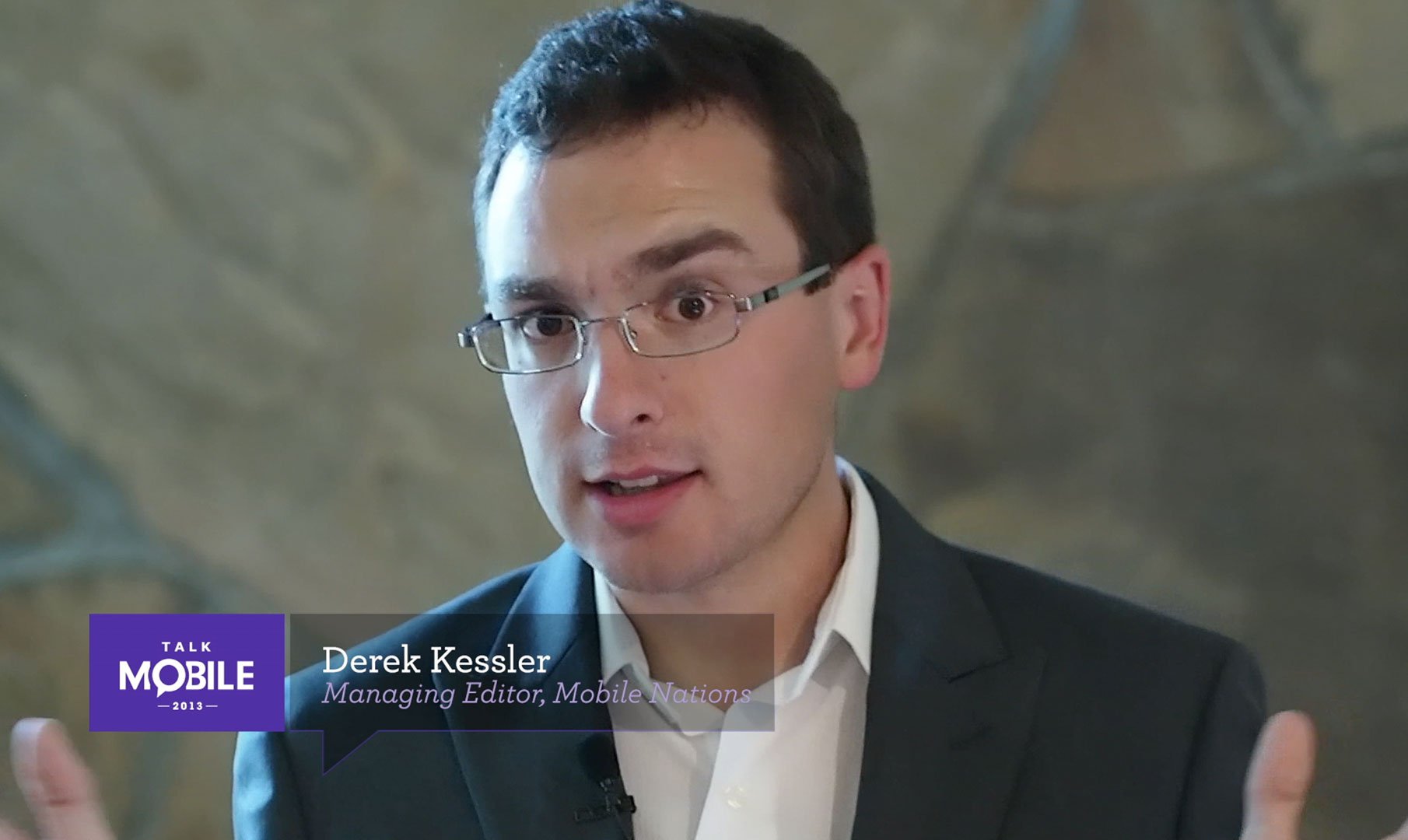
4K and HFR, can mobile keep up? No!
- Derek Kessler / Managing Editor, Mobile Nations
How can smartphone displays be improved?
876 comments

Conclusion
The current state of online media is fraught with frustration. Studios, publishers, and distributors ignored the internet in its infancy and multiple media industries have been upended by the web. The advent of file-sharing nearly destroyed the music industry thanks to their inability to get web-based paid distribution up-and-running in a remotely timely manner. Traditional news outlets with massive fixed costs have been bludgeoned by distributed and flexible online organizations.
The music industry is finally coming around to what they can do with the internet, in part because they've had little choice but to go along with it. Television and movie studios, however, had the advantage of time - the drastically-larger file sizes of an hour-long MP4 vs. a 4-minute MP3 coupled with slower internet speeds in the past meant that audio-visual file sharing didn't take off as quickly as plain old audio.
They've had time to lock down their systems with technology and contracts, and in the end they're hurting themselves, their partners, and consumers. We as customers simply want to be able to watch or listen to whatever we pay for, wherever we want, and on whatever device we want.
Is that really so difficult of a request?

